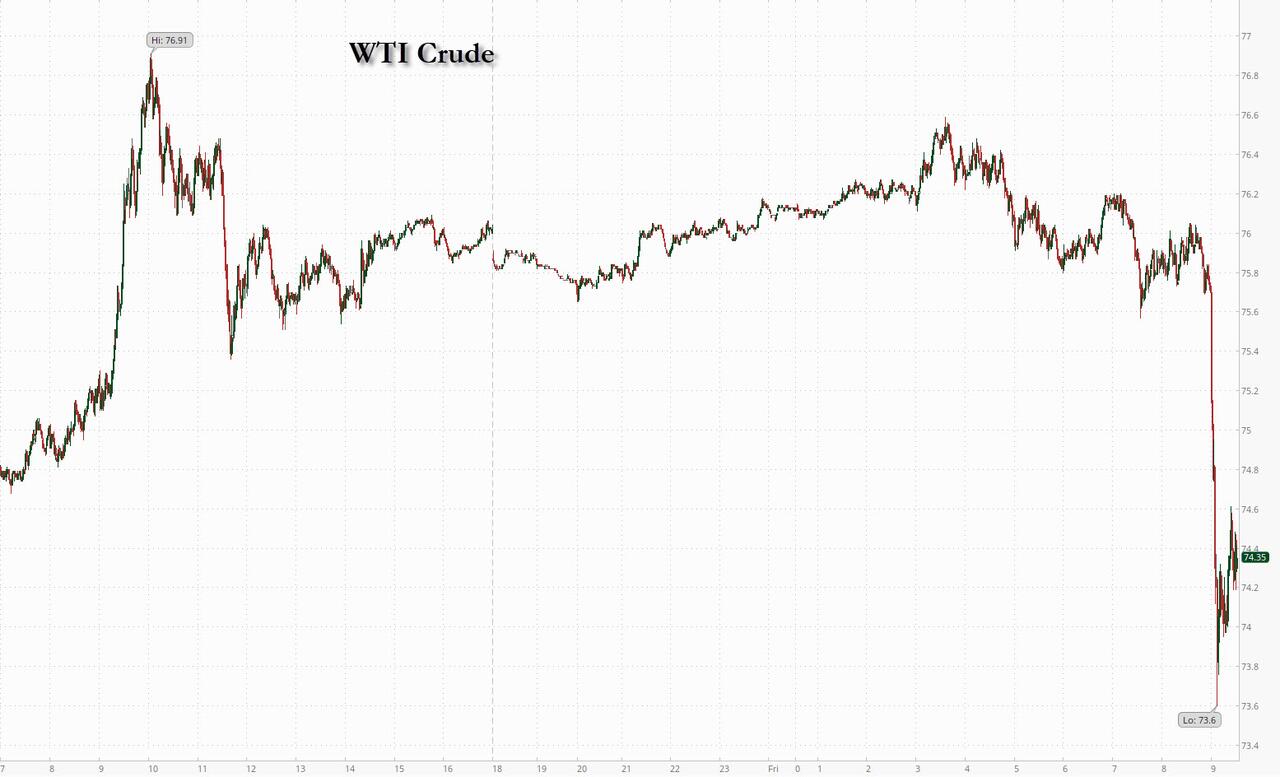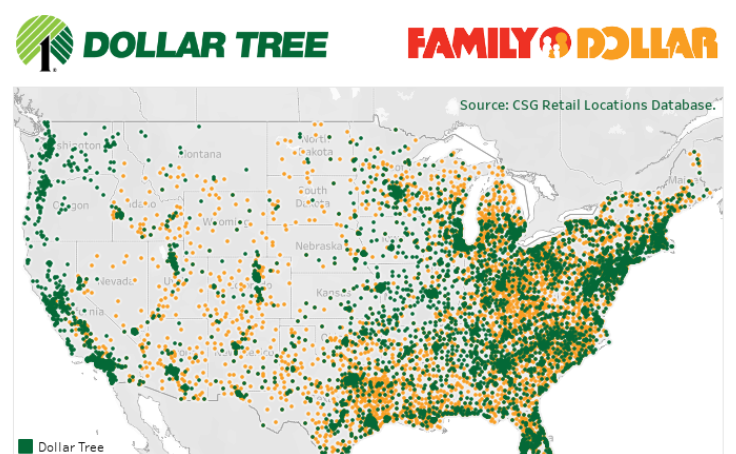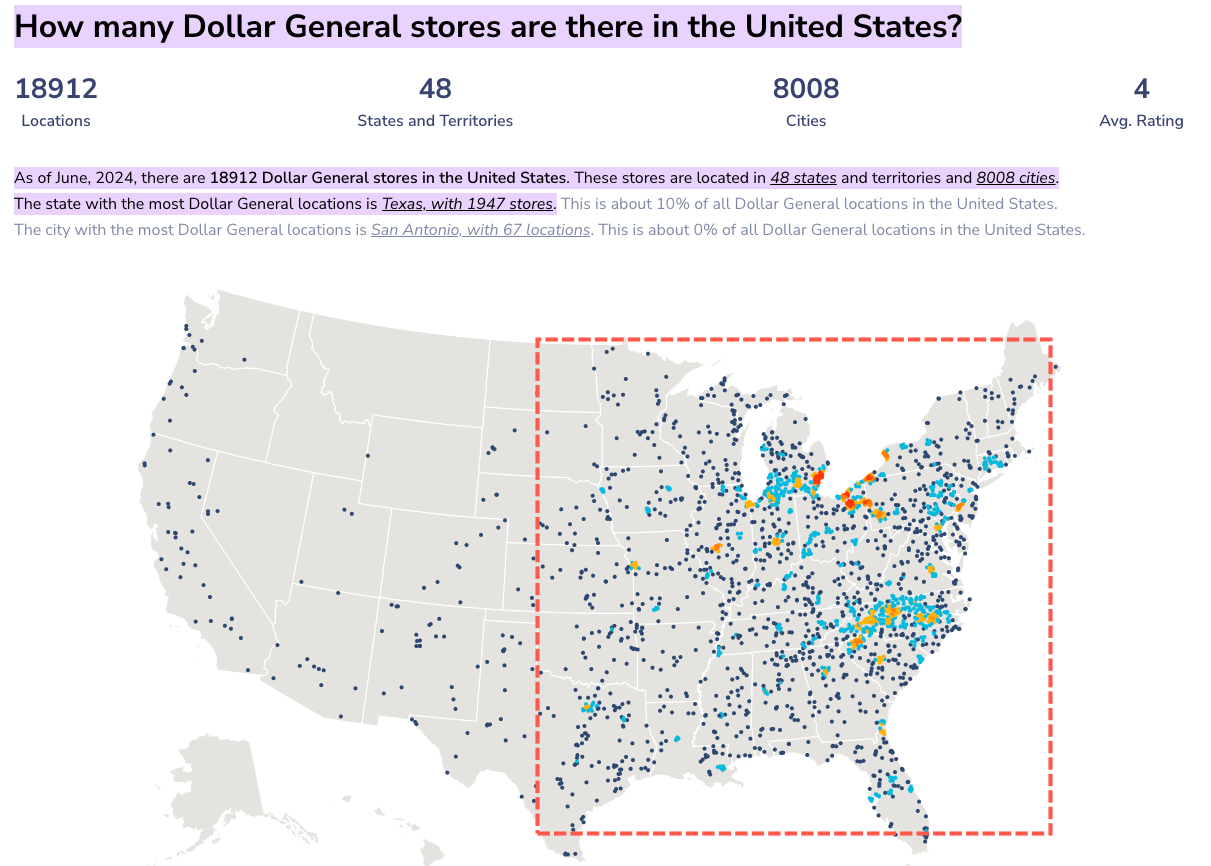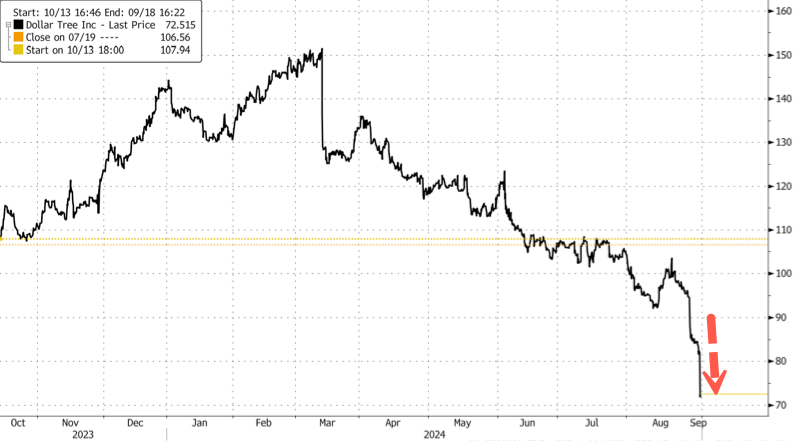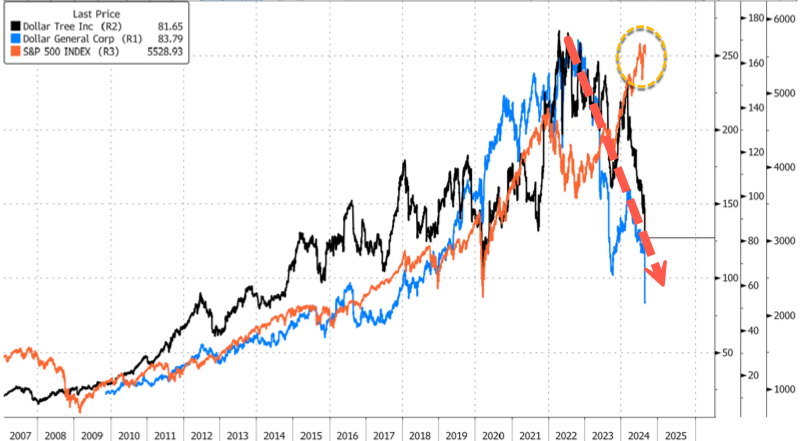Days after Sanofi reported back-to-back failures for its BTK inhibitor, Roche’s fenebrutinib on Wednesday scored a mid-stage win in relapsing multiple sclerosis, demonstrating near-total elimination of disease activity.
Roche on Wednesday unveiled open-label extension data from its Phase II FENopta study, demonstrating that its investigational BTK inhibitor fenebrutinib elicited “near-complete suppression of disease activity” in patients with relapsing multiple sclerosis.
FENopta’s results showed that T1 gadolinium-enhancing lesions, which are key markers of inflammation, were absent in 99% of patients at 48 weeks after treatment with fenebrutinib. Patients also experienced three times the degree of reduction in the volume of T2 lesions—indicative of chronic disease burden—during the study’s open-label extension (OLE) period than during its double-blind phase.
In terms of safety, fenebrutinib’s adverse event profile during the OLE was consistent with what had been previously reported. The most common side effects were urinary tract infection, COVID-19 and pharyngitis. FENopta OLE detected one asymptomatic case of alanine aminotransferase elevation, which was subsequently resolved after discontinuing fenebrutinib treatment.
“After a year of treatment, our BTK inhibitor was able to suppress nearly all disease activity and disability progression in people with multiple sclerosis,” Roche CMO Levi Garraway said in a statement, noting that if these data are validated and confirmed in late-stage studies, “fenebrutinib could further advance the treatment landscape” for multiple sclerosis (MS).
Roche will present full data from and analyses of FENopta at the upcoming annual congress of the European Committee for Treatment and Research in Multiple Sclerosis, being held in Denmark later this month.
Wednesday’s readout comes after one of Roche’s top MS rivals Sanofi posted back-to-back late-stage flops for its own BTK blocker tolebrutinib. Without providing specific data from the Phase III GEMINI 1 and GEMINI 2 studies, Sanofi revealed on Monday that tolebrutinib was unable to significantly improve annualized relapse rate versus Aubagio (teriflunomide) in patients with relapsing MS.
Meanwhile, Sanofi’s Phase III HERCULES study met its primary endpoint, demonstrating the therapeutic potential of tolebrutinib in non-relapsing secondary progressive multiple sclerosis (nrSPMS). According to Sanofi R&D head Houman Ashrafian, the triple readouts “bring into sharp focus which patient population we should be treating,” suggesting that the pharma could be focusing its tolebrutinib efforts on nrSPMS moving forward—though no definite announcement has yet been made.
Still, such a move would leave an opening for Roche, which is running the Phase III FENhance 1 and FENhance 2 studies assessing fenebrutinib in relapsing MS. The pharma is also evaluating the BTK inhibitor for primary progressive MS in the late-stage FENtrepid trial. Readouts from these studies are expected by the end of 2025.
Designed to be orally available, fenebrutinib is a blocker of the BTK enzyme, which under healthy circumstances helps regulate B cell development and activation, facilitating the activity of innate immune system cells such as macrophages and microglia. By targeting this protein, fenebrutinib can help temper MS disease activity while also slowing disability progression.
In December 2023, the FDA put fenebrutinib’s MS program under partial clinical hold after detecting several cases of liver injury.

